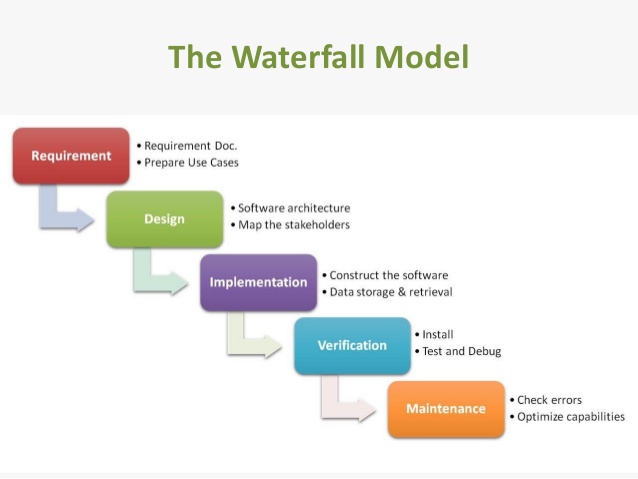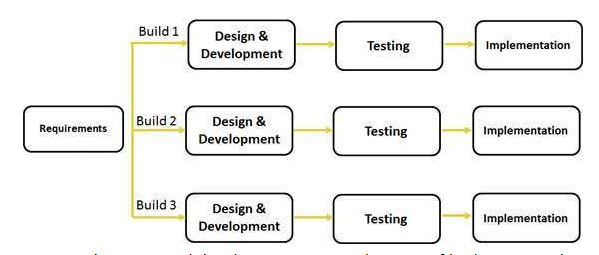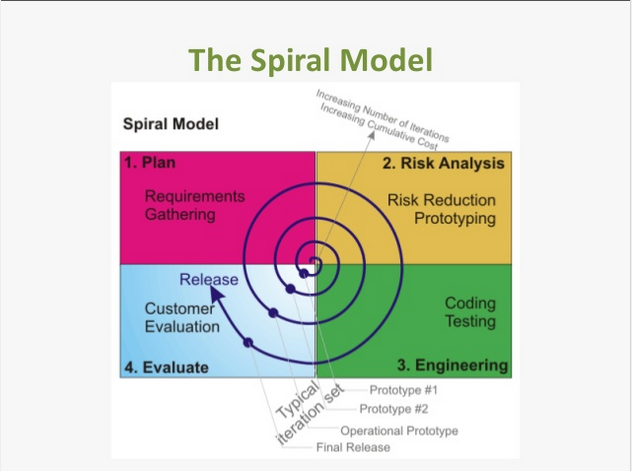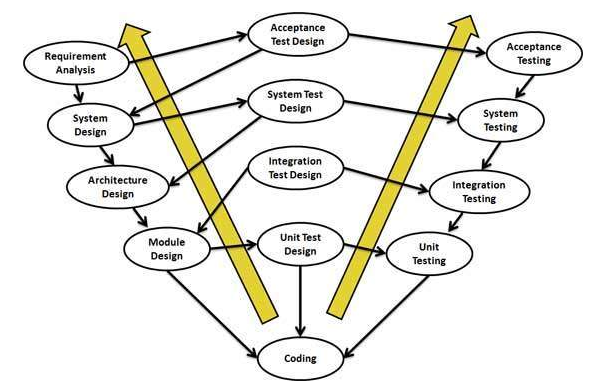Is releated to Software Development Life Cycle which is is a process used by software industry to design, develop and test high quality softwares. It consists of a detailed plan describing how to develop, maintain, replace and alter or enhance specific software. The life cycle defines a methodology for improving the quality of software and the overall development process.
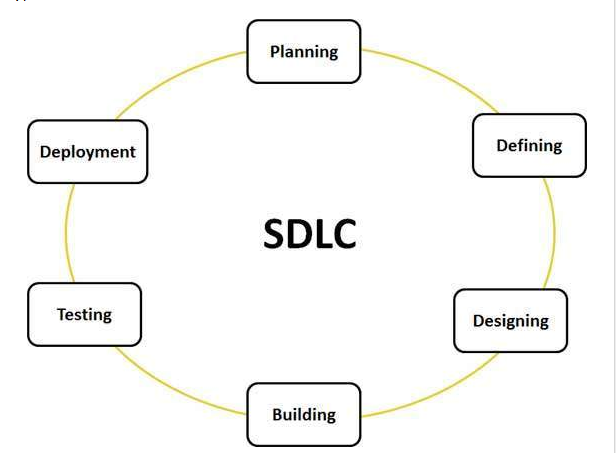
Stages of a software development process:
1 – PLANNING AND REQUIREMENT ANALYSIS
It is performed by the senior members of the team with inputs from the customer, the sales department, market surveys and domain experts in the industry. This information is then used to plan the basic project approach and to conduct product feasibility study in the economical, operational, and technical areas.
2 – DEFINING REQUIREMENTS
Next step is to clearly define and document the product requirements and get them approved from the customer or the market analysts.
3 – DESIGNING THE PRODUCT ARCHITECTURE
SRS is the reference for product architects to come out with the best architecture for the product to be developed. Based on the requirements specified in SRS, usually more than one design approach for the product architecture is proposed and documented in a DDS – Design Document Specification.
4 – BUILDING OR DEVELOPING THE PRODUCT
The programming code is generated as per DDS during this stage. If the design is performed in a detailed and organized manner, code generation can be accomplished without much hassle.
5 – TESTING THE PRODUCT
This stage refers to the testing only stage of the product where products defects are reported, tracked, fixed and retested, until the product reaches the quality standards defined in the SRS.
6 – DEPLOYMENT IN THE MARKET AND MAINTENANCE
The product may first be released in a limited segment and tested in the real business environment
